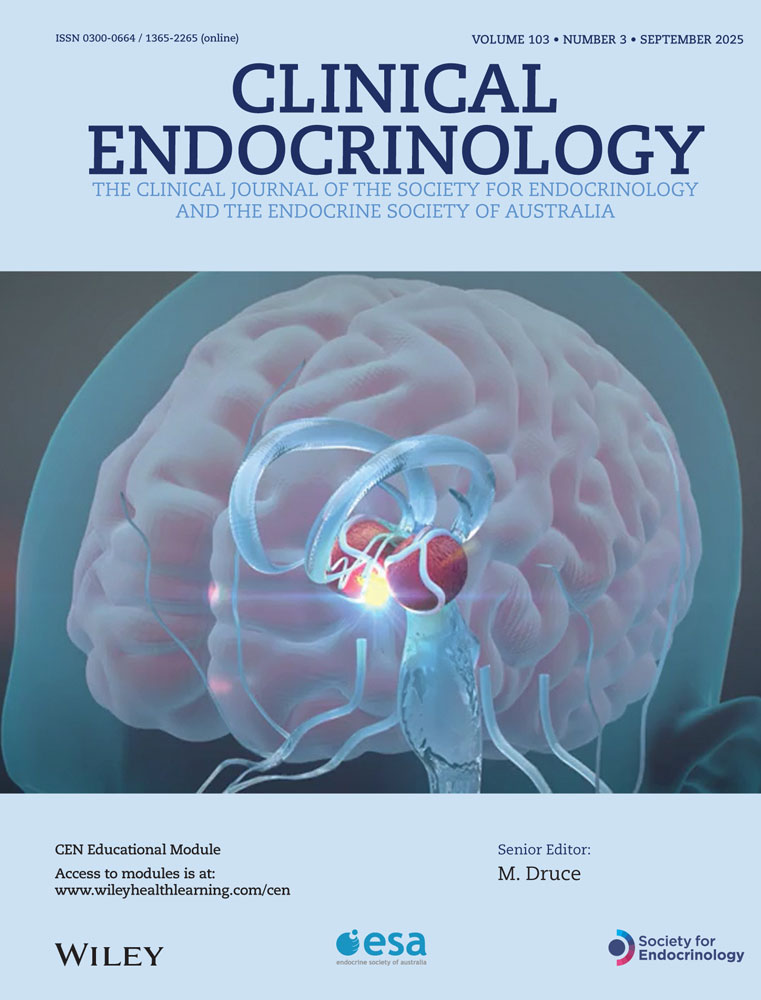Functional hypothalamic amenorrhoea: a partial and reversible gonadotrophin deficiency of nutritional origin
Abstract
OBJECTIVE
Functional hypothalamic amenorrhoea (FHA) is a consequence of low dietary intake as observed in two major pathophysiological conditions, anorexia nervosa and/or intensive physical exercise. The aim of the present study was to assess in women with FHA and normal body mass index (BMI) and apparently normal daily activities, the degree of impairment of GnRH secretion, its nutritional origin and its reversibility.
PATIENTS
Twelve women (22–35 years) with FHA not related with exercise and 12 age and BMI matched menstruating controls (NC) were studied. Six women with congenital hypothalamic hypogonadism (CHH), representative of complete gonadotrophin deficiency, were also enrolled for comparison.
DESIGN
Plasma oestradiol (E2) and androstenedione (A) levels were measured and the pulsatile profile of LH was studied. A GnRH agonist test, using 100 μg S/C of DTrp6 GnRH (Triptorelin) was performed (sampling every 2 h for 24 h). Dietary intake, body composition and nutritional markers (FT3, ferritin, retinol binding protein (RBP), SHBG, IGF-I and leptin) were measured. All the women with FHA were advised to normalize their diet during four months. The same studies were performed if nutritional markers and body composition were normalized.
RESULTS
In FHA, mean plasma E2 and A levels were low. LH pulse frequency and amplitude were significantly reduced compared to NC (P < 0.005). FSH/LH ratio increased rapidly after triptorelin with a significant increase in plasma E2 levels between 18 and 24 h. In contrast, no response to triptorelin was observed in women with CHH.
The fat body mass was lower and the lean body mass higher in FHA than in NC. Marked differences in nutritional intake were identified, with altered dietary composition. FHA consumed significantly less fat (P < 0.001) and less carbohydrate (P = NS) than the BMI-matched controls. Mean plasma levels of SHBG were increased whereas mean plasma levels of FT3, ferritin, RBP, IGF-I, and leptin were significantly decreased. Only three patients with FHA kept a balanced diet and improved their body composition after 4 months. LH pulsatile profile and response to triptorelin challenge were normalized in these patients.
CONCLUSION
Mild dieting, close to normal but prolonged and characterized by an important fat restriction, is able to interfere with gonadotrophin secretion. Assessment of nutritional markers allows recognition of mild nutritional insufficiency as a common cause of FHAs. The gonadotrophin deficiency is partial and may be reversible after improvement of nutritional intake and body composition.




